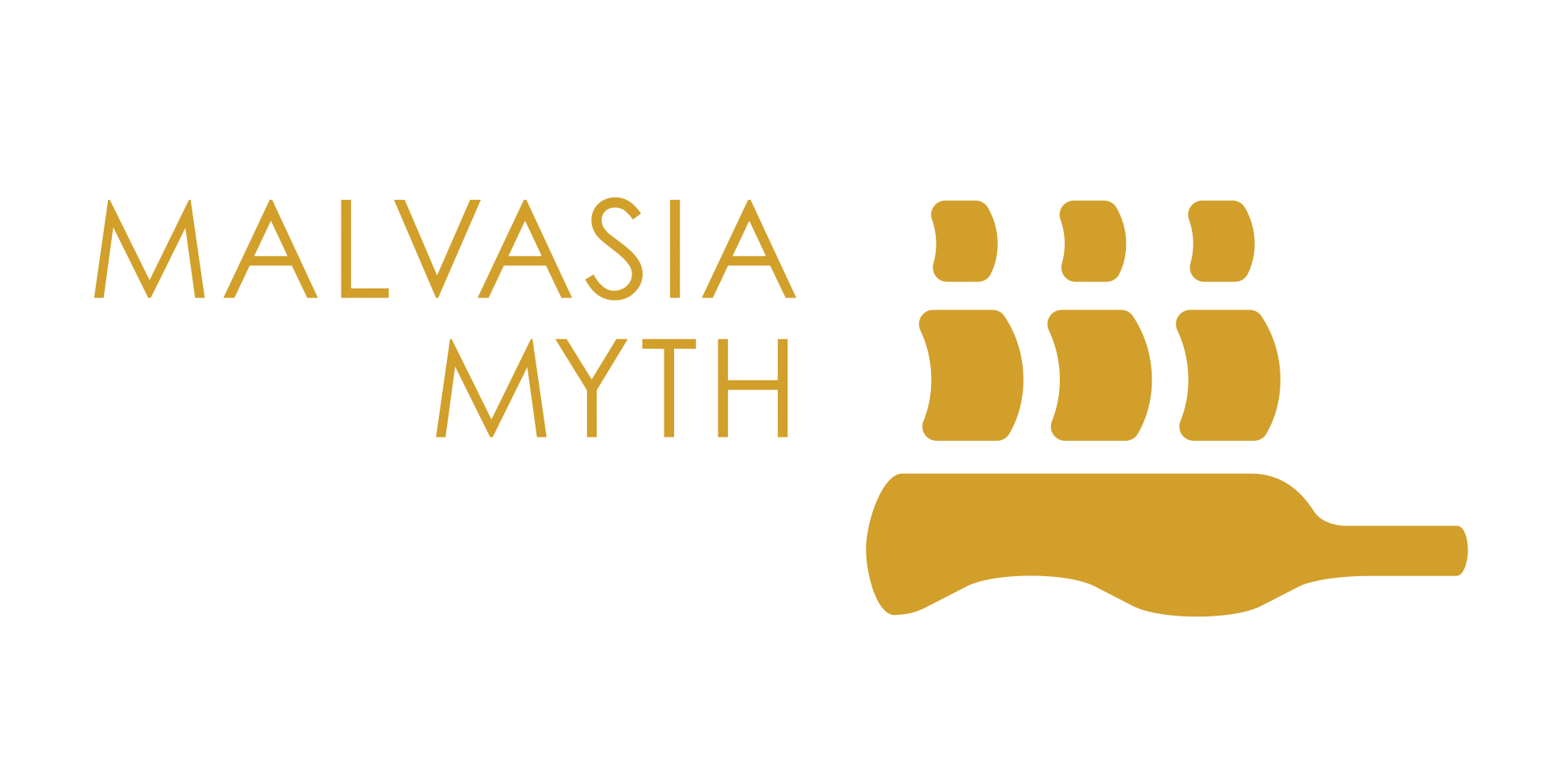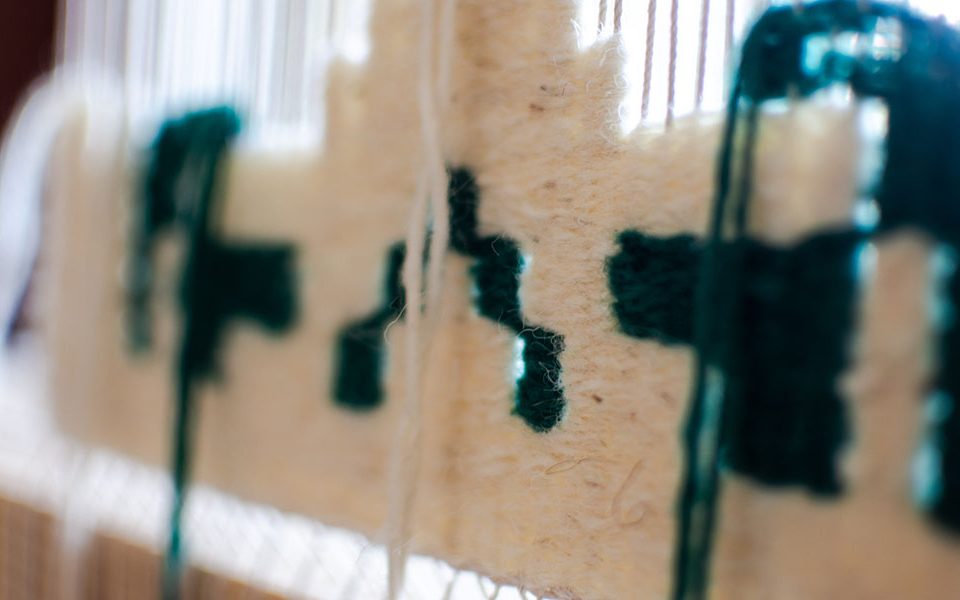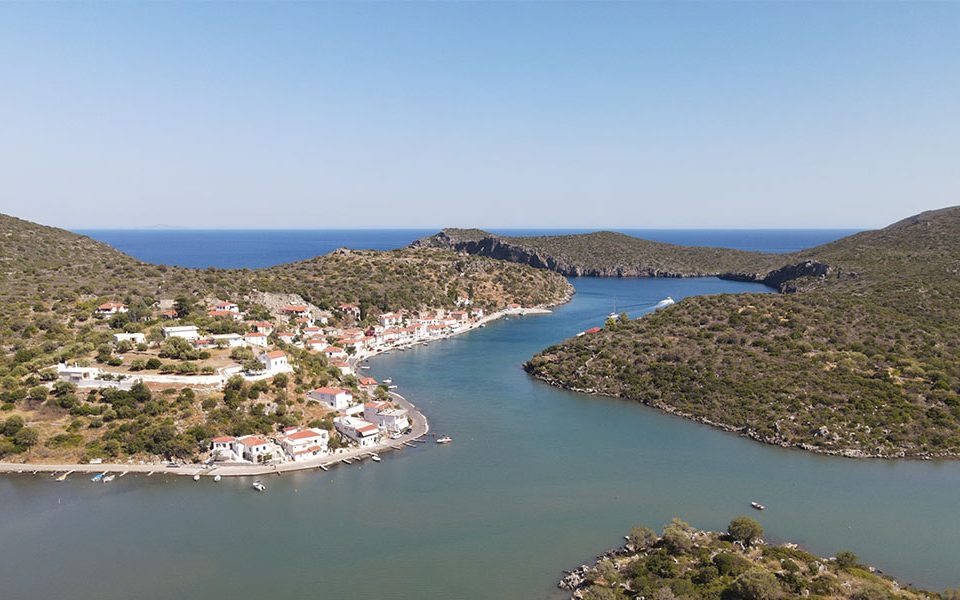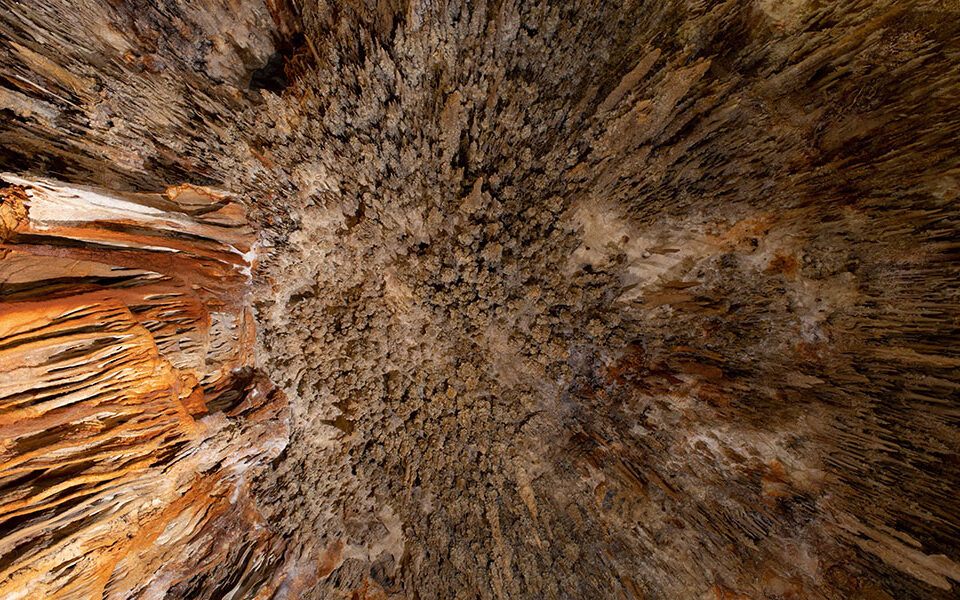Monemvasia, Greece
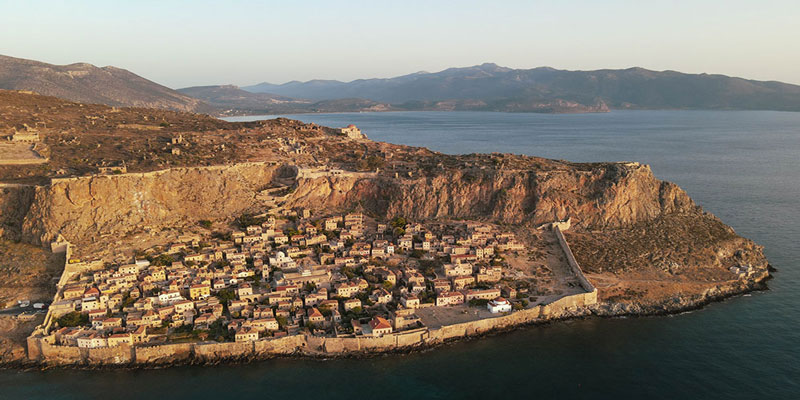
Discover the routes of the renowned Malvasia wine!
Taste the myth!
A town untouched by time! The castle-town has a tripartite structure, with a citadel on the highest point and two fortified enclosures lower down, dividing the town into Upper and Lower.
Explore the castle-town and immerse yourself in a unique medieval scenery. Let your senses guide you to a mystical journey and enjoy the stunning and breathtaking view!
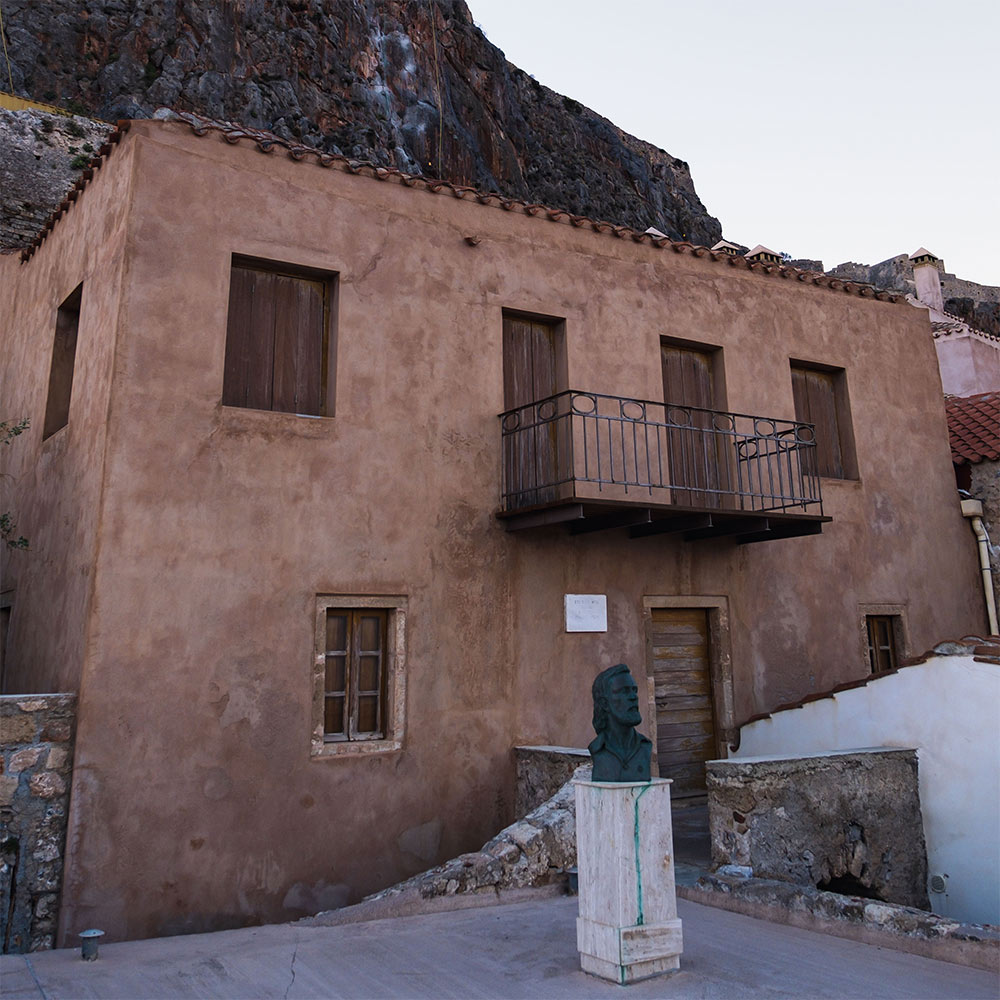
The house of Yannis Ritsos
The great Greek poet Yannis Ritsos, the poet of world peace, loved his hometown Monemvasia, the “stone ship” as he called it. His residence is located very close to the main gate of the castle.
The bronze bust of the poet is situated at the lovely terrace in front of the building, with a beautiful view of the castle and the Mirtoo sea.
Recently (2022), the house came under the full ownership of the Municipality of Monemvasia and is being prepared for its conversion into a museum, with the funding of the Greek Ministry of Culture.
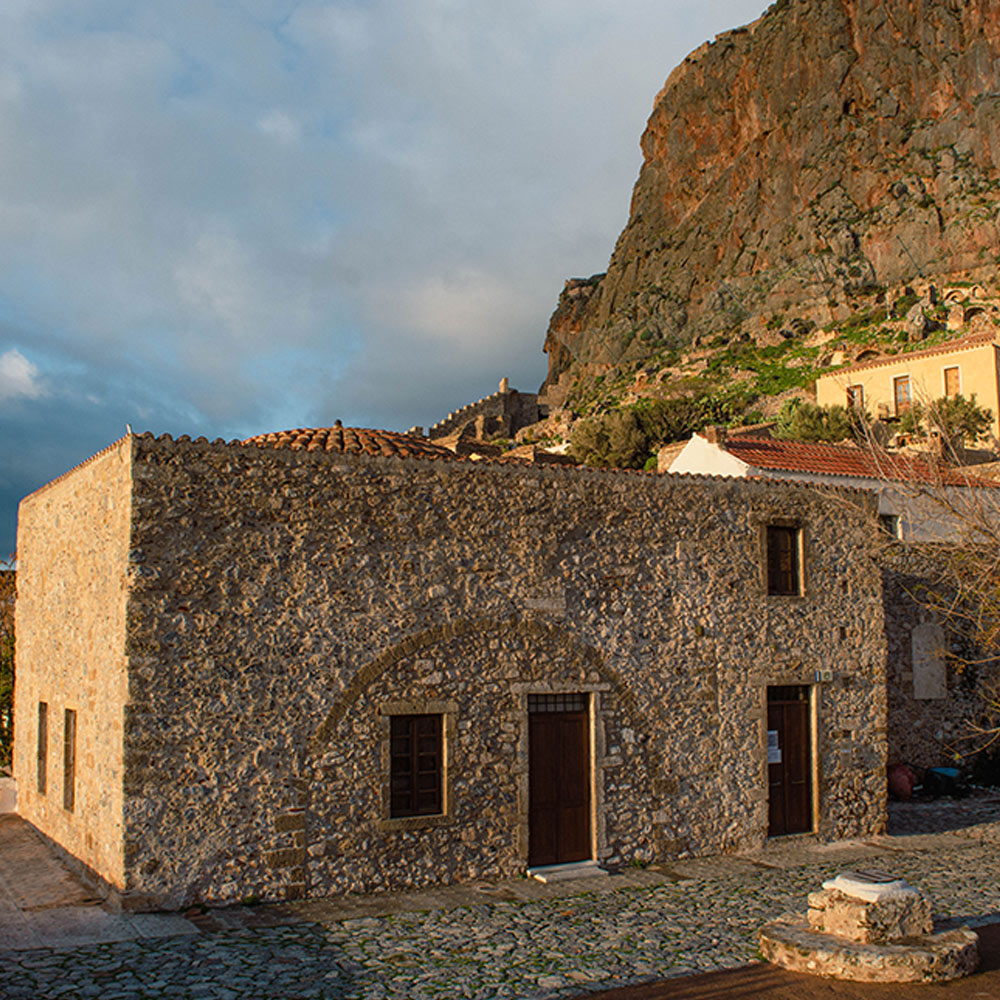
The Archaeological collection
Maybe the Castle of Monemvasia, with all these attractive monuments (fortifications, important churches, houses, public buildings, Ottoman hamams, cisterns) is an open museum itself.
The Archaeological Museum of Monemvasia presents the collection of archaeological findings from the excavations into the Castle, including historical testimonies of human activity and artistic life which developed here, from the early Christian years until the late centuries of Ottoman occupation.
The Archaeological Collection of Monemvasia is housed in the Muslim Mosque, one of the best-preserved buildings in the town of Monemvasia. The Muslim Mosque was built during the 16th century and during the Venetian times (1690-1713) it was converted into a Frankish church, a prison and a Greek café (kafeneion). The museum opened to the public in 1999.

The churches of the Lower town
There are more than thirty churches in the castle, with several of them still in good condition. Most of them were built in the byzantine period. They are single, two or three-aisled, one of them is octagonal, one cross-in and some are cave-like.
The Metropolitan Church of the Coming Christ, in the central square with the cannon, was built in the 6th or 7th century, during the settlement of the first inhabitants of the city. The most important Christian relic of Monemvasia is kept there, the impressive Icon of the Crucifixion, from the second half of the 14th century. Its theft by pilgrims in 1979 left a huge void for the faithful of Monemvasia, but the icon was found in 1980 and much later, in 2011, after it was restored, it returned to its natural place in the church.
The impressive Panagia Chrysafitissa square is dominated by the homonymous church dedicated to the Virgin Mary. Also important are the churches of Panagia Myrtidiotissa or Kritikia, Agios Spyridon, the Holy Apostles, Agios Antonios, Agia Paraskevi and Agios Nikolaos, which, according to tradition, never functioned as a church.
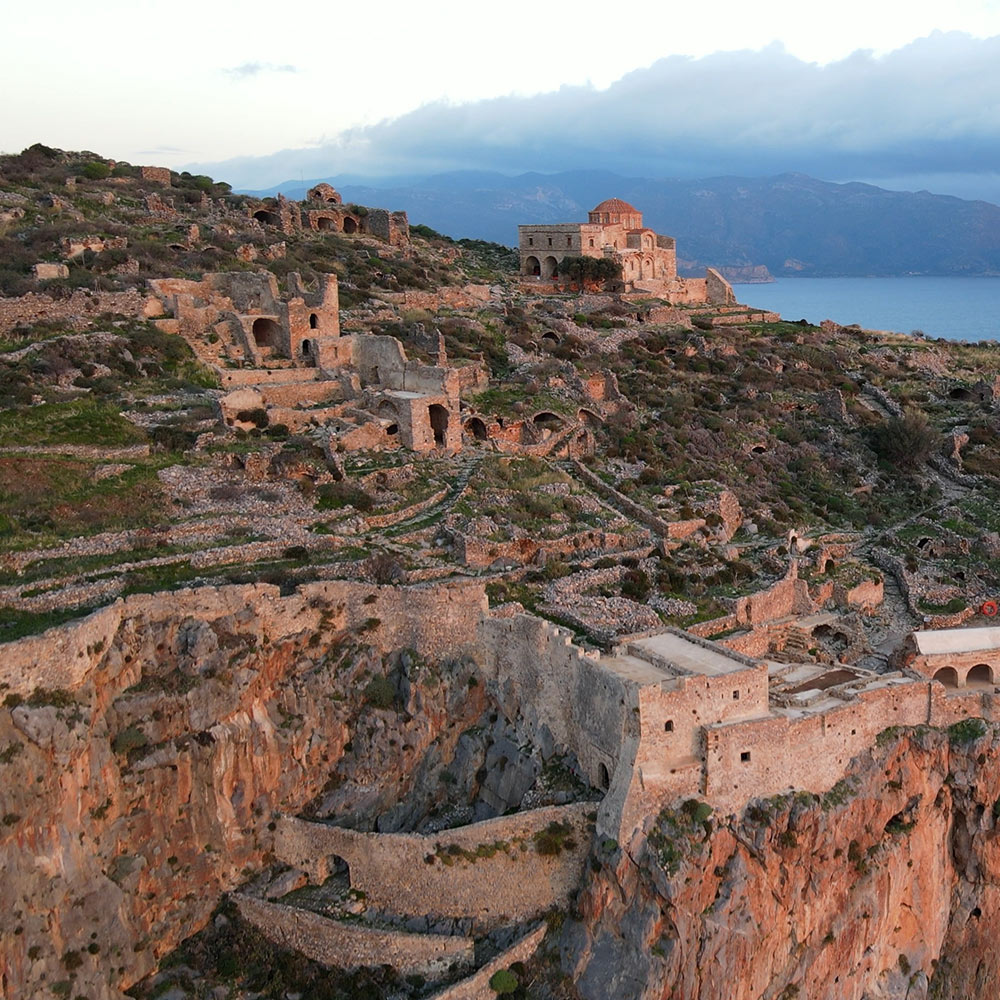
Upper town and Hagia Sofia
Going up to the Upper Town through the narrow pathway from the main square we pass the gate complex, three ruined churches (anonymous), a bathhouse, and three large public cisterns. The tour concludes with a final climb up to the “Goula” or “Acropolis”, located on the top of the rock, at approximately 300 metres from sea level.
Positioned on the very edge of the cliff is the only building still in excellent condition, the recently restored church of Hagia Sophia, which was built in the 12th century A.D. as a copy of the homonymous church in Constantinople (Istanbul). The interior of the Byzantine church is richly decorated with wall frescoes. Although the Christian peoples gradually disappeared from the Upper Town during the period of the First Ottoman rule, Hagia Sophia was saved mainly thanks to the decision of the Turks to turn it into a mosque. The view from there is breathtaking. Weather permitting, the mountains of Crete can even be seen.
An early morning visit to the upper town, just before dawn, is rewarded with one of the most beautiful sunrises, as the sun slowly rises through the golden waters of the Mirtoo sea.
